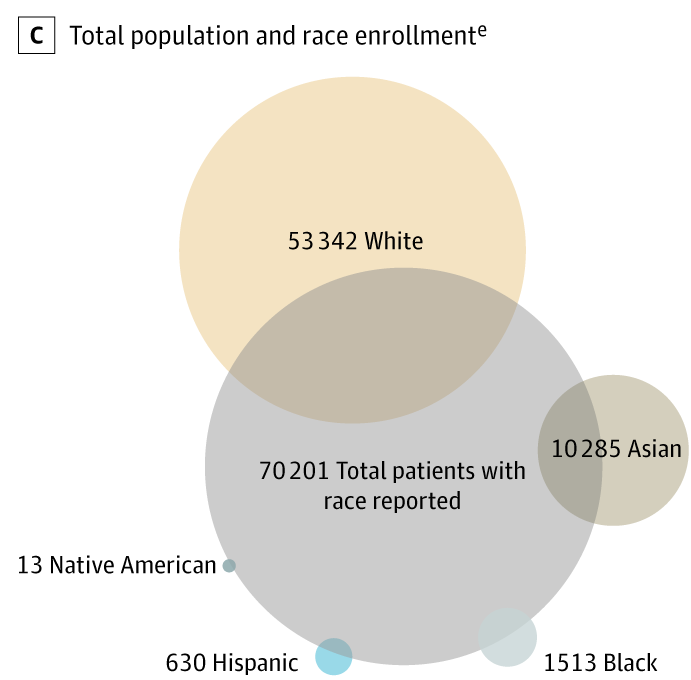October is National Breast Cancer Awareness month. As new technologies emerge to detect cancer, decisions about screening options can become more complicated. So what does the research say about 3D mammograms?
A 2019 study found that compared to traditional 2D mammograms, 3D mammograms offer fewer false positives and are more effective in women age 65 and older. Another recent study (2019) found that breast cancers found with 3D mammography were more likely to be smaller and node-negative compared to breast cancers found with standard digital mammography.

Dr. Sandra Brennan. Image courtesy of the MSK Digital Asset Library. Do not reuse.
Breast density also plays a role. Dr. Sandra Brennan, Director of Radiology at MSK Westchester, explains that 3D mammography is better at detecting masses in dense breasts than 2D mammography. Dr. Brennan explains that radiologists have long known about breast density, but that breast density notification laws have prompted this issue to come to the public’s attention. These laws, she says, “came about largely because of patient activism.”
As with all cancer screening questions, you should consult with your doctor. Learn more about mammograms and other types of breast exams offered at MSK.
